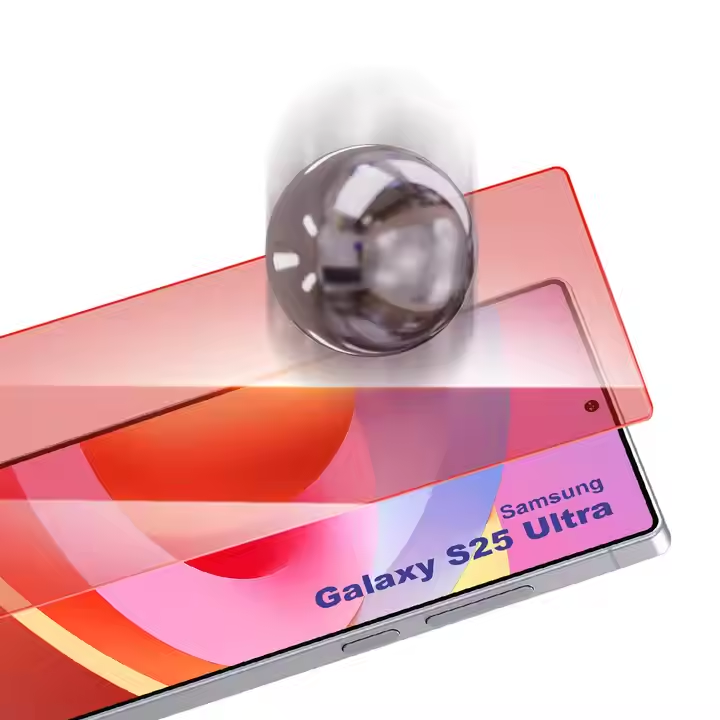Red Light Film: Illuminating Innovation Across Industries
Red light film, a versatile technology leveraging specific wavelengths of light, has emerged as a transformative tool in various sectors, from skincare to agriculture and consumer electronics. By harnessing the power of red light (typically 625–660nm), these films offer unique benefits rooted in scientific principles, addressing challenges ranging from aging skin to crop productivity and digital eye strain.

Beauty and Wellness: The Rise of Red Light Therapy Masks
In the beauty industry, red light film has gained traction through devices like LED face masks. These masks emit red light to penetrate deep into the skin, stimulating fibroblasts to produce collagen and elastin. This process combats wrinkles, improves skin texture, and enhances overall radiance. Unlike traditional chemical-based treatments, red light therapy is non-invasive, making it suitable for sensitive skin. NASA studies have shown that red light can boost collagen production by up to five times, accelerating cell repair and reducing inflammation. Today, portable, user-friendly masks are popular for at-home use, promising salon-quality results in minutes.
Agriculture: Cultivating Growth with Precision
Agricultural applications of red light film are equally groundbreaking. Farmers use specialized red-colored mulch to optimize photosynthesis in crops. By filtering out non-essential wavelengths, these films increase the transmission of red light, which plants absorb efficiently for chlorophyll synthesis. This leads to healthier, faster-growing plants, improved fruit ripening, and higher yields. For instance, red light地膜 (plastic mulch) has been shown to enhance the growth of tomatoes, peppers, and strawberries by up to 20%. Additionally, some advanced films convert harmful UV rays into usable red and blue light, further boosting plant vitality while protecting against environmental stressors.
Electronics: Redefining Digital护眼 (Eye Protection)
In the tech sphere, red light film is revolutionizing screen protection. Unlike conventional blue-light-blocking filters, which may distort color accuracy, modern red light films use quantum dot technology to convert harmful blue light into beneficial red wavelengths. This innovation preserves screen clarity while reducing eye fatigue during prolonged device use. Products like iPhone 16’s quantum dot red light tempered glass demonstrate this advancement, offering 92% transparency and anti-glare properties. The films are designed for OLED screens, where traditional blue-light filters are less effective, ensuring optimal eye comfort for users of smartphones, tablets, and computers.
Future Horizons
As research evolves, red light film continues to expand its applications. From medical therapies for wound healing to smart packaging that extends food shelf life, the technology’s potential is vast. Its adaptability across industries underscores its role as a sustainable, science-driven solution. Whether enhancing beauty, boosting crop yields, or protecting digital users, red light film proves that light itself can be a catalyst for progress.
In an era where efficiency and well-being are paramount, red light film stands as a testament to how innovative use of light can shape a brighter, healthier future.
 Phone :
+86-135-1082-1156
Phone :
+86-135-1082-1156
 Email :
serena@kairuisz.com
Email :
serena@kairuisz.com Phone :
+86-135-1082-1156
Phone :
+86-135-1082-1156
 Email :
serena@kairuisz.com
Email :
serena@kairuisz.com